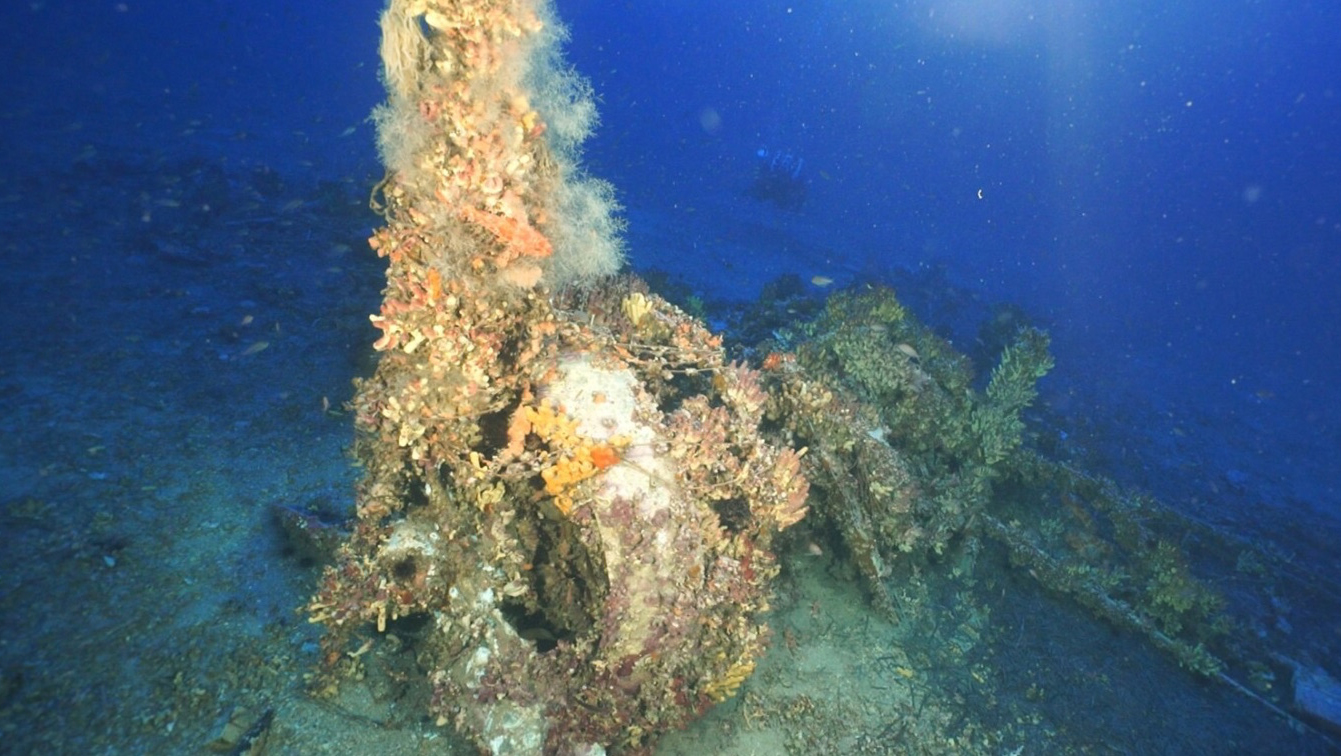Harvey Mudd Student Researchers Help Locate WWII Wreckage Near Malta
July 5, 2017
During their monthlong summer research project to map marine archaeological sites off the Malta coast, Harvey Mudd student researchers and their colleagues were excited to discover the remains of an airplane which crashed and sank during World War II.
Three students (Jeff Rutledge ’19, Jane Wu ’18 and Wentao Yuan POM ’17) from Harvey Mudd’s Lab for Autonomous and Intelligent Robotics (LAIR) and three students from Cal Poly San Luis Obispo (Amy Lewis ’18, Roslyn Patrick-Sunnes ’17 and Sam Freed ’17), collaborated to plan Autonomous Underwater Vehicle (AUV) missions to search for sites, collect and process data and generate 3-D reconstructions of the sites. Harvey Mudd Professor Chris Clark from LAIR and Professor Zoe Wood from Cal Poly SLO guided the research process along with Professor Timmy Gambin, a collaborating archaeologist from the University of Malta. This is the second year of this project.
As the team was doing a side-scan sonar survey of the seafloor using the Iver3 AUV on June 19, they discovered, among other targets, an object resembling a plane in one of the low-frequency sonar scans. Prominent features from the scan include hints of the plane’s wings and tail, as well as a tall shadow from the propeller. The team then gathered high-frequency sonar scans and video footage of the wreckage and the presence of a plane was later confirmed by Gambin and a team of divers.
A Fairey Swordfish, the biplane torpedo bomber was used by the Royal Navy in the 1930s and during WWII. These rare planes were an important part of WWII efforts in the Mediterranean waters around Malta.
“The ICEX team is overjoyed to have helped discover a site of a historically significant plane, and we are truly honored to be a part of the ongoing quest to understand the rich aviation history buried in Malta’s waters as well as assisting in the development of new intelligent search and mapping algorithms for AUVs,” says Clark.
“Two-thousand seventeen has turned out to be a crucial year for the ICEX,” says Gambin. “Through the use of the new AUV and the development of innovative approaches to offshore surveys, we have achieved some important results culminating in the discovery of this historic plane. I must say that, as always, it has been great working with [Harvey Mudd] and CP faculty and students who, together, have contributed to adding an important piece of Malta’s complex historic puzzle.”
Directed by Clark, research at the LAIR is focused on multi-robot systems and its applications in their field. Within these domains, topics of interest include motion planning, localization, mapping, integration of social systems and control. Much of the lab’s research involves international partnerships and expeditions. Funding for research projects originates from a variety of sources including the National Science Foundation, the Laspa Foundation, the Hearst Foundation and Fulbright scholarships.
Clark created the International Computer Engineering Program (ICEX) with co-founder Christine Victorino (now at UC Riverside) to give students an opportunity to apply their technical knowledge in an international context, to further their research education and to increase global citizenship across campus.
July 4, 2017 TVM News article.
